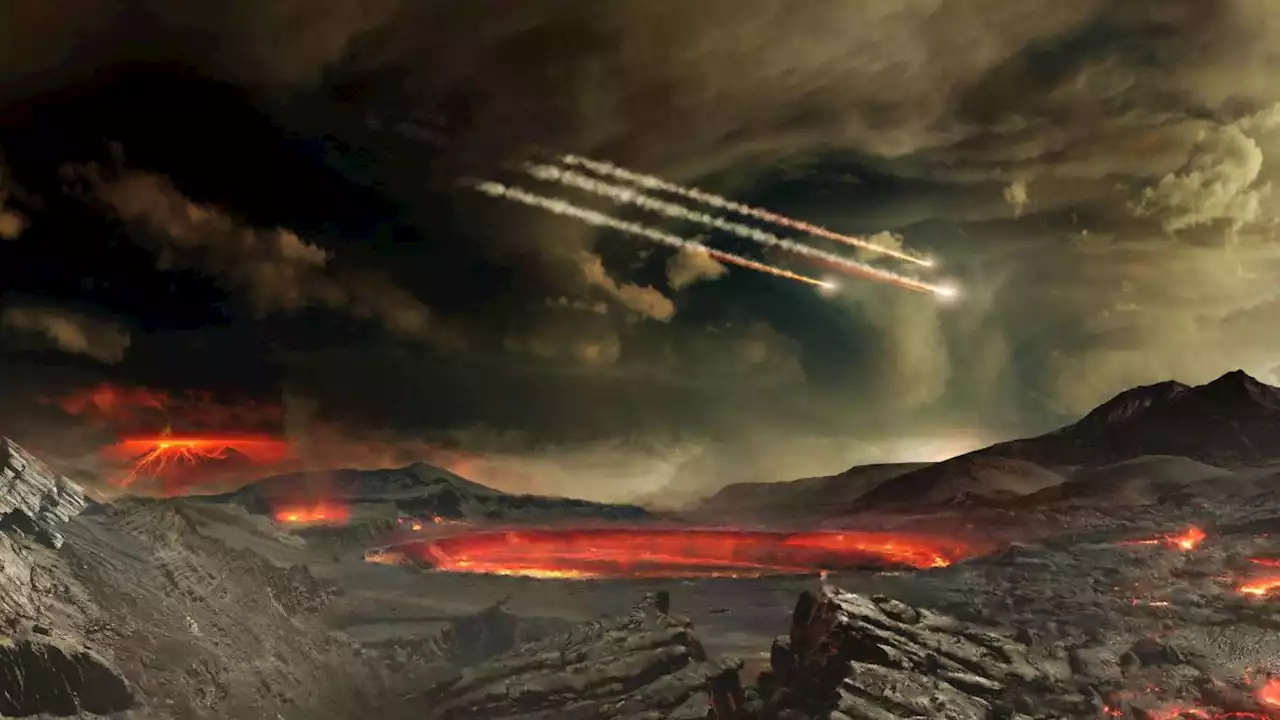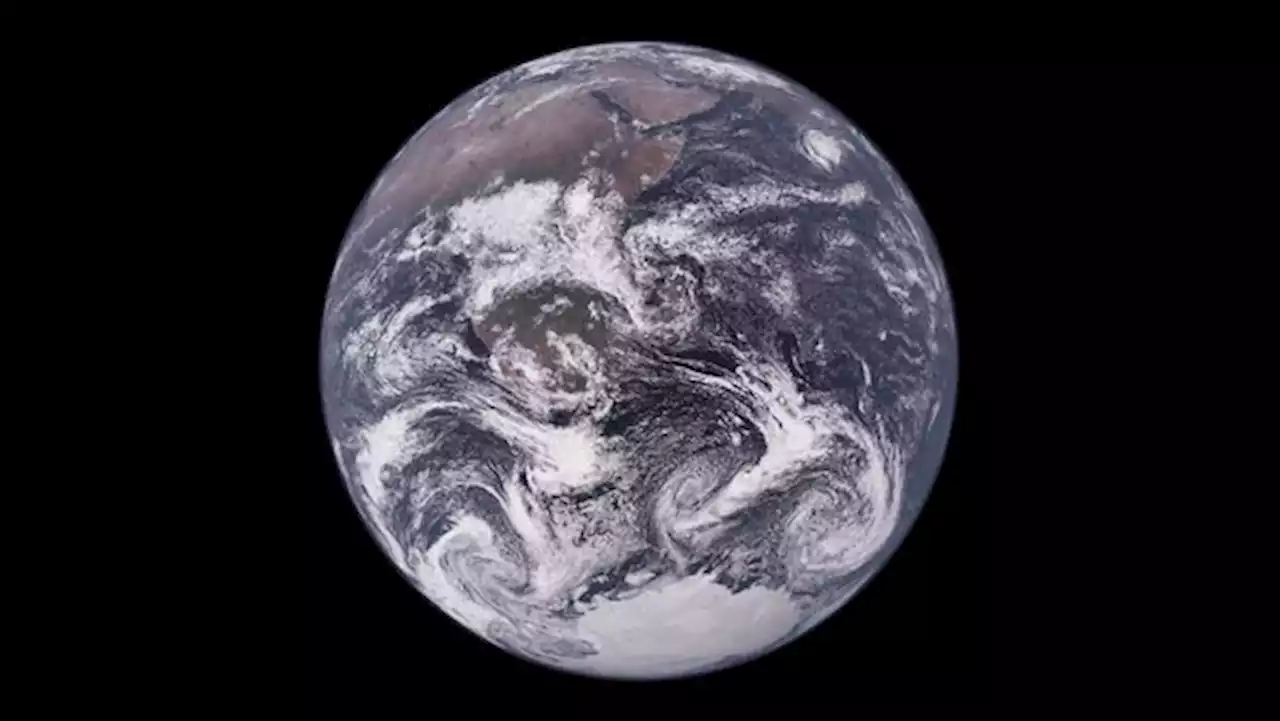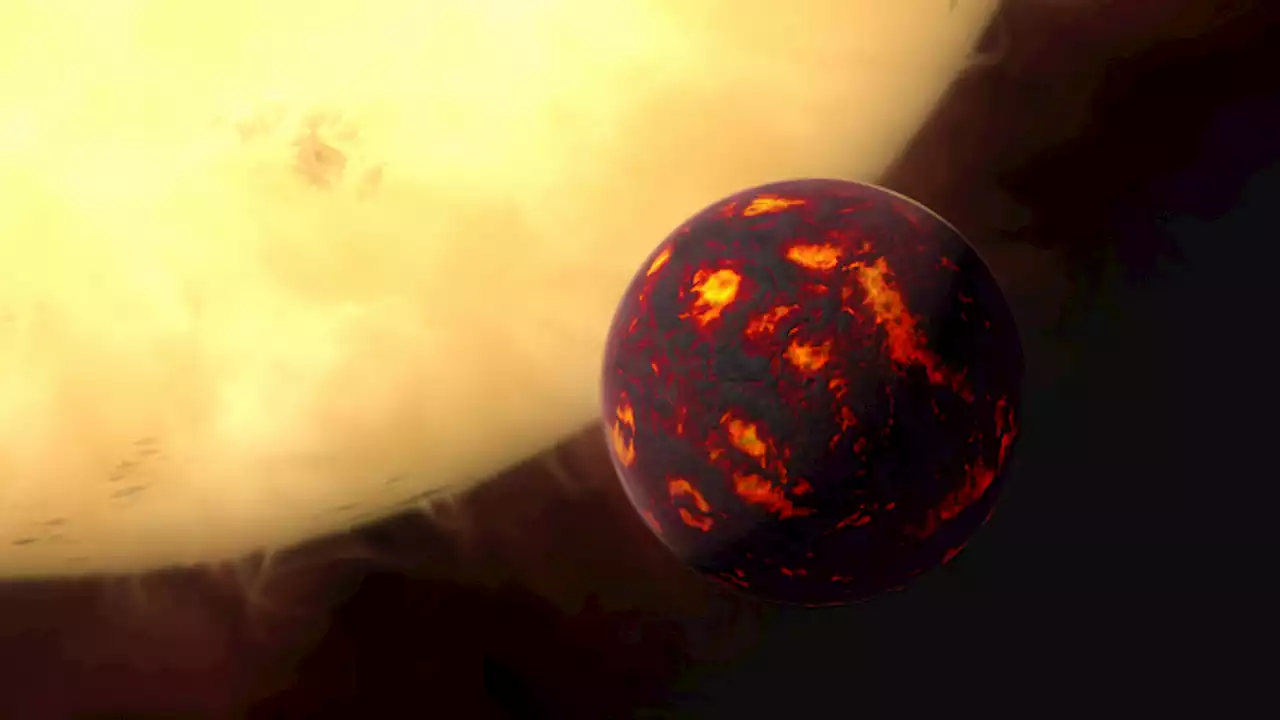Planet 55 Cnc e, also known as 'Janssen', orbits so close to its sun that a year is shorter than an Earth day.
"We’ve learned about how this multi-planet system — one of the systems with the most planets that we've found — got into its current state," explained study lead author Lily Zhao, a research fellow at the Flatiron Institute’s Center for Computational Astrophysics in New York City.Based on their findings, the scientists Janssen formed in a cooler orbit further from Copernicus and then gradually fell toward its host star.
When it's moving away, it's longer and redder. Using EXPRES, the scientists were able to pinpoint the side of Copernicus spinning away from us and the side spinning toward us as it rotates. They then measured where Janssen was when passing over each side to calculate its orbital trajectory along the star's equator.The new findings could help the scientific community better understand how planets form and change dramatically over time. Venus, for example, has a fiery,When Janssen was first discovered, some scientists doubted its existence. The planet was the first-ever example of an ultra-shoer-period planet, with a year only 18 hours long.
Now that they've shed new light on Janssen, Zhao and her team aim to study other planetary systems. "We’re hoping to find planetary systems similar to ours,” she explained, "and to better understand the systems that we do know about."
Australia Latest News, Australia Headlines
Similar News:You can also read news stories similar to this one that we have collected from other news sources.
![]() NASA loses contact with ICON atmosphere-studying satellite in Earth orbitThe spacecraft fell silent on Nov. 25 and has not responded to commands.
NASA loses contact with ICON atmosphere-studying satellite in Earth orbitThe spacecraft fell silent on Nov. 25 and has not responded to commands.
Read more »
 Gamma-rays may have helped meteorites seed Earth with the building blocks of lifeRobert Lea is a science journalist in the U.K. whose articles have been published in Physics World, New Scientist, Astronomy Magazine, All About Space, Newsweek and ZME Science. He also writes about science communication for Elsevier and the European Journal of Physics. Rob holds a bachelor of science degree in physics and astronomy from the U.K.’s Open University. Follow him on Twitter sciencef1rst.
Gamma-rays may have helped meteorites seed Earth with the building blocks of lifeRobert Lea is a science journalist in the U.K. whose articles have been published in Physics World, New Scientist, Astronomy Magazine, All About Space, Newsweek and ZME Science. He also writes about science communication for Elsevier and the European Journal of Physics. Rob holds a bachelor of science degree in physics and astronomy from the U.K.’s Open University. Follow him on Twitter sciencef1rst.
Read more »
 China's Shenzhou 14 astronauts begin recovery on Earth after 6-month mission (video)The trio was greeted by family members on their return to Beijing.
China's Shenzhou 14 astronauts begin recovery on Earth after 6-month mission (video)The trio was greeted by family members on their return to Beijing.
Read more »
 The 1st photograph of all Earth: 50 years on, Blue Marble still inspiresChari Larsson is an art historian at Queensland College of Art, Griffith University, Australia. She focuses on modern and contemporary art and is the author of 'Didi-Huberman and the image.'
The 1st photograph of all Earth: 50 years on, Blue Marble still inspiresChari Larsson is an art historian at Queensland College of Art, Griffith University, Australia. She focuses on modern and contemporary art and is the author of 'Didi-Huberman and the image.'
Read more »
![]() Avatar 5 Plot Includes Some Earth Scenes, Says ProducerProducer Jon Landau told io9 that not all the Avatar films will be on Pandora, but will each be standalone.
Avatar 5 Plot Includes Some Earth Scenes, Says ProducerProducer Jon Landau told io9 that not all the Avatar films will be on Pandora, but will each be standalone.
Read more »
 Supercomputer re-creates one of the most famous pictures of EarthFifty years ago today, astronauts aboard Apollo 17, NASA’s last crewed mission to the Moon, took an iconic photograph of our planet. Now, scientists have re-created that image during a test run of a cutting-edge digital climate model.
Supercomputer re-creates one of the most famous pictures of EarthFifty years ago today, astronauts aboard Apollo 17, NASA’s last crewed mission to the Moon, took an iconic photograph of our planet. Now, scientists have re-created that image during a test run of a cutting-edge digital climate model.
Read more »
